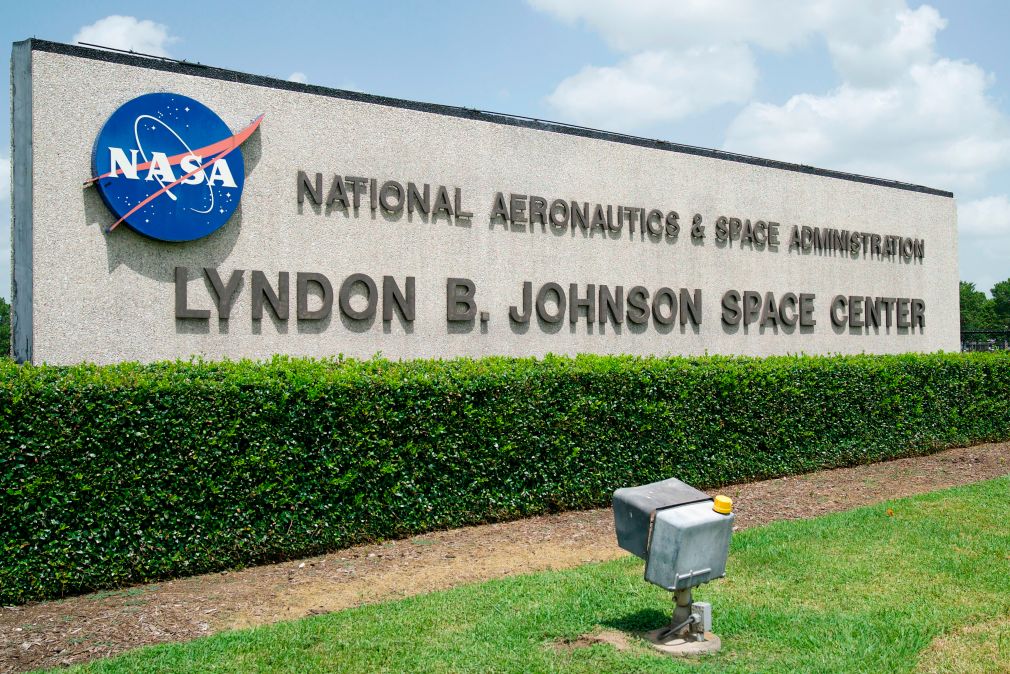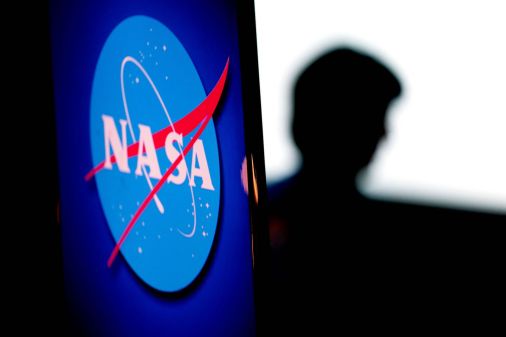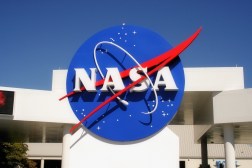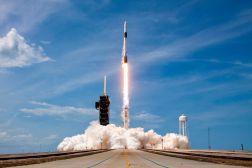NASA Johnson Space Center tech chief: agency focused on working with industry to spur innovation

NASA’s Johnson Space Center wants to further increase partnerships with industry and embed early-stage emerging technologies in its human space exploration work for programs like Artemis, according to the center’s chief technology officer.
In an interview with FedScoop, Nick Skytland highlighted the approach his team takes to developing sophisticated leading-edge technology that might make it possible to land and live sustainably on the Moon, and said this is being similarly applied to IT.
“There’s quite a bit of overlap,” said Skytland, who is also director of the center’s Business Development & Technology Integration Office. “The way we think about it is: How does IT enable the mission across the board?”
The Artemis program aims to land the first woman and person of color on the Moon and lay the groundwork for subsequent missions to Mars in 2024, which not only requires new exploration tech but IT as well.
As in other sectors such as aviation and defense that have long relied on government-supported innovation, the space agency now also takes into account its role in nurturing a commercial space industry. Working with partners to ensure multiple options for, say, a new type of spacesuit or advanced software or hardware could be considered a win.
“No longer do we measure our success just by NASA’s budget but by the total space economy and the growth of that,” Skytland told FedScoop.
He added that NASA has gone from having one spacesuit to adding two commercial ones, and from having one space station to three additional, commercial options. The space agency will likely have multiple, commercial human landers and lunar terrain vehicles, Skytland said.
To this end, Johnson Space Center assembles tech teams that integrate its own priorities with those of NASA and programs such as Artemis when developing a project’s strategy. Turning spacesuit development over to an industry partner may give a company more technological autonomy, while JSC can offer them an optional head-up display.
The space center is currently focused on early stage human landing system (HLS) and extravehicular activities (EVA) projects, and its new Business Development & Technology Integration Office is responsible for identifying supporting technologies that will make it possible to land and live sustainably on the Moon.
Informatics is perhaps the best example with the center working to embed more sensors presenting user-friendly information in heads-up displays inside new spacesuits and lunar terrain vehicles. And NASA continues to consider how to use digital twins, virtual representations of systems throughout their simulated life cycle, in engineering.
“No longer do we measure our success just by NASA’s budget but by the total space economy and the growth of that.”
— Nicholas Skytland, CTO at NASA’s Johnson Space Center
Skytland in July became CTO of the Lyndon B. Johnson Space Center in Houston, Texas, which is NASA’s center for human spaceflight, where human spaceflight training, research and flight control are conducted.
He’s working with Lauren Goodwin, the center’s new chief information officer, to strengthen cybersecurity over the next two-to-five years in preparation for increased partnerships with industry.
“We need a [zero-trust] framework that allows us to securely collaborate with users in industry, internationally, even with citizens,” Skytland said. “Something that allows us to authorize who they are, to authenticate them to our systems, to validate constantly for security to make sure we can share our data via data usage agreements with industry.”
NASA’s budget generally falls between $25 billion and $28 billion, while the global space economy is $400 billion and projected to reach the trillions in the next decade.
In addition to its own $90 million portfolio of early stage projects, JSC regularly runs internal and external open challenges aimed at entry level talent or specific disciplines. A gas chromatography challenge aims to have an outside partner develop a data system for analyzing geological samples to understand the habitability of Mars.
“This has become a really important part of our technology strategy is to say, ‘What ideas exist out there that we can take internally and then mature and embed into our programs?” Skytland said.
While the International Space Station is built out and research focused, the Gateway will be a Moon-orbiting outpost for deep space exploration that needs new propulsion, battery and power systems.
Within Skytland’s office is the Office of Technology Transfer, which looks at new technologies from a patentability standpoint. Viable materials, coding, instrumentation, sensors and communications are placed in a patent database for licensing by startups or individuals.
The majority aren’t licensed, but JSC also offers experimental licenses letting companies try technologies before they buy them, Skytland said.
Skytland not only previously stood up NASA’s data science program but its Open Innovation Program and api.nasa.gov, data.nasa.gov and code.nasa.gov to attract the next generation of data-literate engineers and scientists.
Upskilling JSC’s workforce to unleash algorithms, analytics and artificial intelligence and assist with digital transformation is a top priority. JSC is also rethinking the digital and physical environments employees work in along with the zero-trust IT architectures needed to secure them, Skytland said.
“NASA is an incredible place to work,” Skytland said. “But we have a long way to go when it comes to the future of work.”




